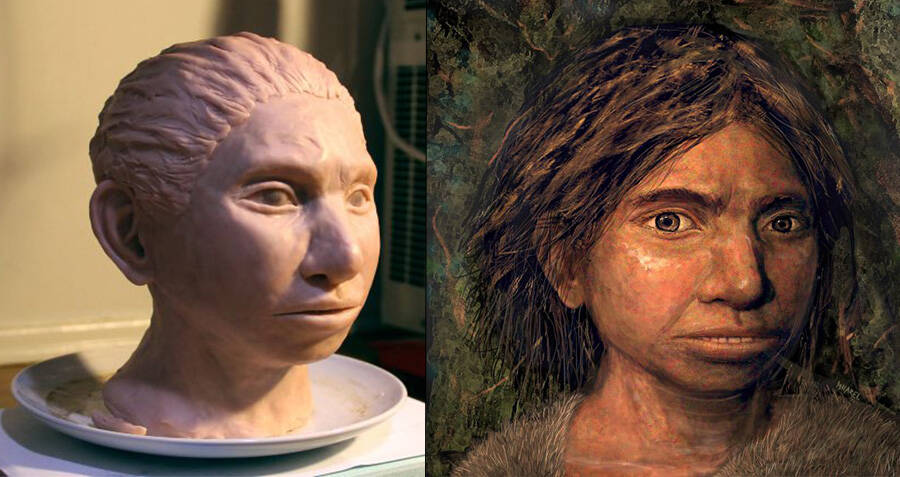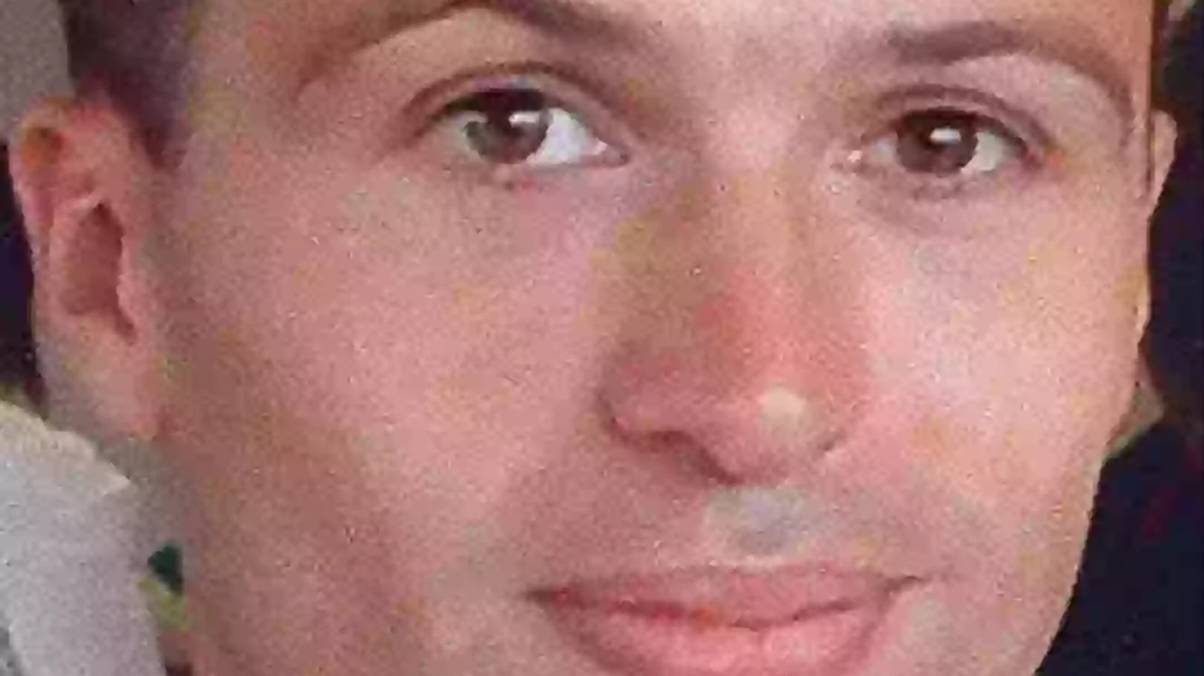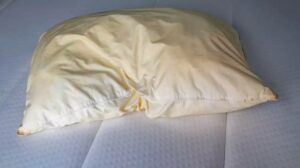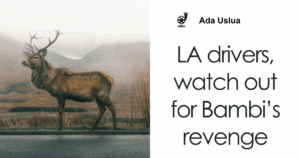Unveiled: The Astonishing Appearance of Our Elusive Denisovan Ancestors from 75,000 Years Ago
During the study, published in the journal Cell, the researchers used “DNA methylation patterns” in order to reconstruct the skeletal morphology of this Denisovan girl.
Scientists were able to analyze the DNA patterns found in the tiny bit of genetic material that was recovered from the Denisovan girl’s pinky bone, which was discovered in a cave in Siberia in 2010. From there, they created a methyl map, which is a blueprint of how chemical changes to gene expression could influence physical traits in the Denisovan genome.
Researchers looked at the Denisovan DNA and compared their methylation patterns with those found in modern humans and in another one of our ancestors, the Neanderthals, and compared where the given gene expression overlapped and where they diverged.
To test the accuracy of their methodology, the scientists used the same method to reconstruct a Neanderthal human and a chimpanzee — both have skeletal morphologies which we are already familiar with. They found 85 percent precision in their method of identifying divergent traits.
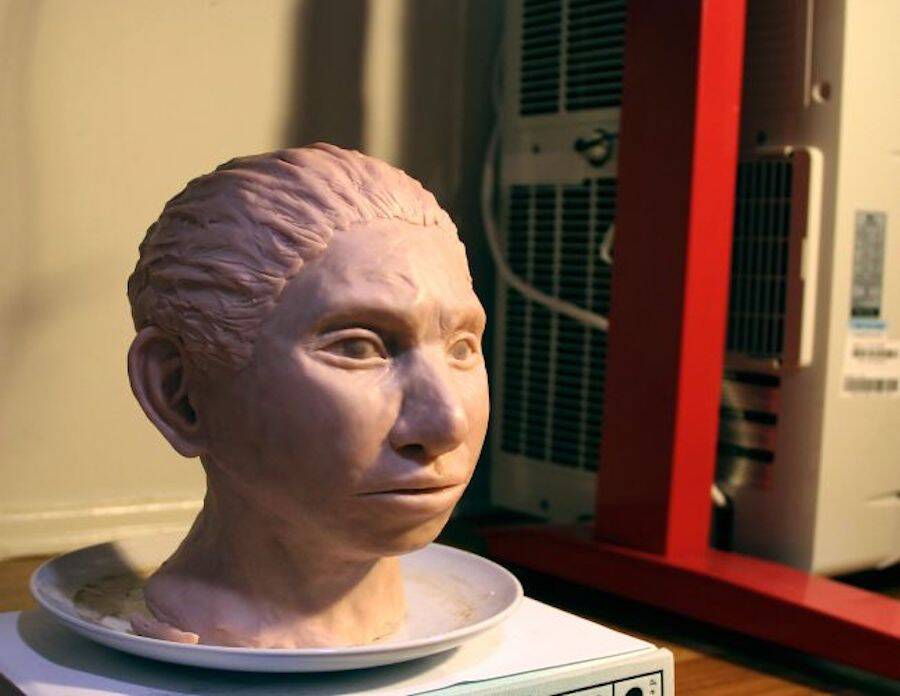
Maayan HarelA 3D model of the Denisovan reconstruction.
Now, the resulting DNA-based reconstruction reveals the first-ever portrait of a Denisovan hominin.
“I was expecting Denisovan traits to be similar to Neanderthals, just because Neanderthals are their closest relatives,” lead study author David Gokhman, a geneticist at Stanford University, told Live Science. “But in the few traits where they differ, the differences are extreme.”
According to the study’s reconstruction, Denisovans likely shared some anatomical traits with the Neanderthals, such as an elongated face and a wide pelvis. But the researchers also identified distinct anatomical traits of the Denisovans, such as “an increased dental arch” (meaning their teeth jutted out farther) and “lateral cranial expansion” (they had wider skulls).
